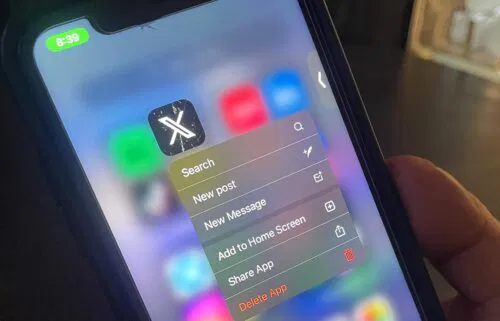Elon Musk launched his own Tesla roadster to space four years ago. Where is it now?
CNN
By Jackie Wattles, CNN Business
Four years ago this week, the most powerful operational rocket in the world, SpaceX’s Falcon Heavy, made its inaugural launch from Florida and tore into outer space carrying nothing other than Elon Musk’s personal Tesla roadster.
The cherry red sports car — which is occupied by a spacesuit-clad mannequin nicknamed “Starman” — is still out there, taking a lonely, oblong orbital path around the sun, traveling as far away as Mars’ orbit and, at other times, as close as Earth’s orbit.
The car is not on some scientific voyage. This was a test launch, so SpaceX needed a dummy payload — and Musk previously said he wanted it to be the “[s]illiest thing we can imagine.” So he picked his own luxurious Tesla roadster.
As of Monday, the roadster was about 234 million miles from Earth and about 200 million miles from Mars, passing through a no-man’s land of outer space, according to the tracking website whereisroadster.com, which uses NASA’s data to keep tabs on the car.
The roadster is more than likely still in one piece, Jonathan McDowell, an astronomer at the Harvard Smithsonian Center for Astrophysics, told CNN Business, but it’s likely been dinged by some meteoroids during its jaunt through the cosmos.
Over the past four years, the roadster has traveled nearly 2 billion miles and completed about 2.6 loops around the sun, mostly through a barren, empty vacuum, according to the website.
But it will occasionally get fairly close to other celestial objects. In 2020, the vehicle made its first close approach to Mars, passing within 5 million miles of the planet — or about 20 times the distance between the Earth and the moon.
According to NASA data, the roadster isn’t likely to pass near another planet until 2035 when it’ll brush by Mars again. It’ll then make two passes within a few million miles of Earth in 2047 and 2050.
One academic paper estimated that the chances the car collides with the Earth within the next 15 million years at about 22%. The odds of it crashing into Venus or the Sun each stand at 12%.
Those aren’t very high probabilities, Hanno Rein, a professor of astrophysics at the Univeristy of Toronto who co-authored the paper, told CNN Business.
The complex and unpredictable realities of traveling through space make it difficult to predict exactly what path the Tesla will take. Rein said that because there isn’t much scientific value in studying the roadster’s trajectory, astronomers aren’t too interested in pointing their high-powered telescopes in its direction to gather more data. The last time the roadster was observed was in March 2018, about a month after it launched, Rein said.
If the car does wind up taking a crash course with Earth, we’ll have to hope it’s ripped into pieces as it slams back into the Earth’s thick atmosphere. (Spaceborne objects running into Earth are actually fairly common, and typically they burn up in the atmosphere during entry. Such hits rarely impact populated areas.)
The ultimate fate of the roadster likely won’t be known for many millions of years. But for his part, Musk said in 2018 that he hopes that humans will have already established settlements on other planets in the solar system, and Musk’s “descendants will be able to drag [the roadster] back to a museum.”
Correction: This story has been updated to clarify the comparative distance between the roadster’s 2020 flyby of Mars and the distance between Earth and the moon.
The-CNN-Wire
™ & © 2022 Cable News Network, Inc., a WarnerMedia Company. All rights reserved.

